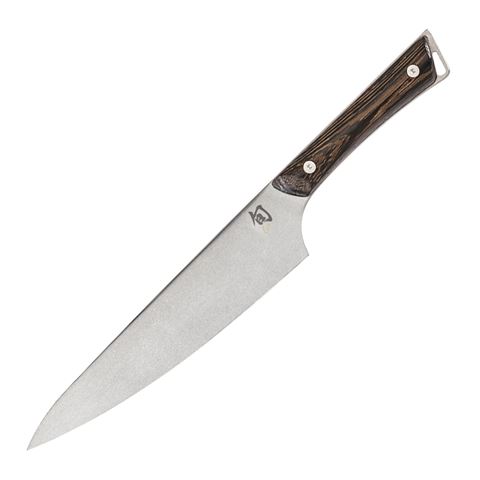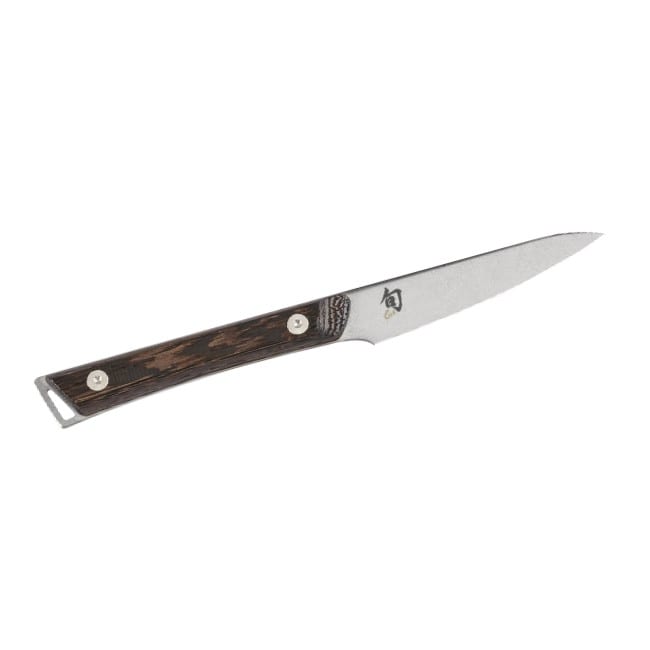

The blade is surrounded by softer steel layers that act as a shock absorber and protect the sharp but brittle core. VG-MAX is a proprietary Shun steel with high carbon content for durability, chromium and molybdenum for corrosion-resistance, and tungsten and vanadium for enhanced sharpness and edge retention. Knives in Shun’s Classic collection are forged from 68 individual layers of Damascus steel with a VG-MAX cutting core. It’s rust-resistant, high-carbon steel that provides strong edge retention when sharpened properly. The blades in the Kanso collection are forged from one solid piece of high-grade AUS10A steel. While both the Shun Classic and Kanso collections use high-grade steel in their blades, the construction differs significantly. They are capped with a steel end or “butt” and allow you to easily rock the blade back and forth when mincing fine ingredients such as herbs. In this section, I break down the five key differences between Shun Classic and Kanso kitchen knives. Bottom Line: Should You Buy Shun Kanso or Shun Classic Knives?īefore diving into the details, you can use this comparison chart to get a broad overview of Shun Classic and Kanso knives.ĭifferences Between Shun Classic and Kanso.Similarities Between Shun Classic and Kanso.Differences Between Shun Classic and Kanso.Use the links below to navigate the comparison: So, if you’re in the market for new cutlery but can’t decide between Shun Classic and Kanso, keep reading. Kanso kitchen knives in terms of design, construction, performance, price, and more.

In this review, I compare Shun Classic vs. Shun is known for its handcrafted, high-quality Japanese kitchen knives, and two of its most popular collections are Classic and Kanso.Īlthough these collections share many similarities, they also differ in many areas.


 0 kommentar(er)
0 kommentar(er)
